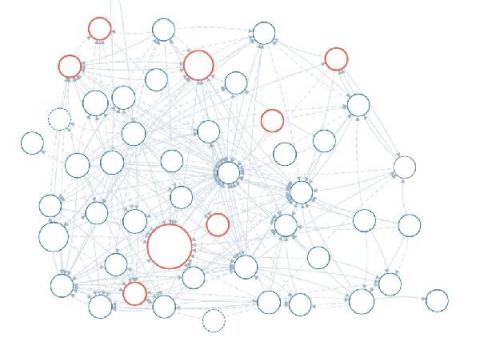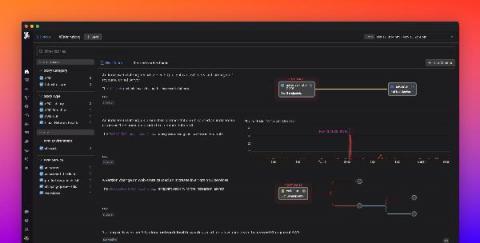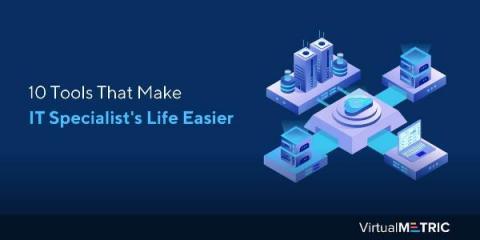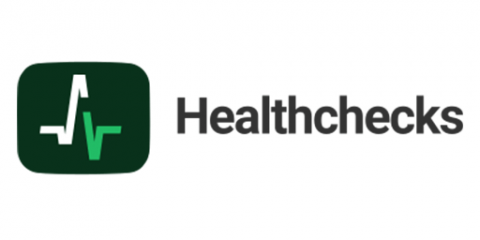Operations | Monitoring | ITSM | DevOps | Cloud
Monitoring
The latest News and Information on Monitoring for Websites, Applications, APIs, Infrastructure, and other technologies.
How to Manage the Remote Onboarding Process and Retain Top Talent
If you’ve ever started a new job, you know what a whirlwind those first few days and weeks can feel like. A new job means meeting new faces, learning new processes, familiarizing yourself with new and unfamiliar technology, and discovering what new challenges you’ll be facing for the foreseeable future. It can all be quite overwhelming — particularly at companies that don’t offer top-of-the-line employee onboarding programs.
Centralized Log Management and a Successful 2021
With 2020 dominated by a global pandemic, organizations expedited their digital transformation strategies. (According to TechFirst podcast, COVID19 accelerated digital transformation by an average of 6 years.) One of the most significant changes was the rapid move to a remote workforce. This required stopgap measures to keep the business running. While these measures met the company’s immediate needs, the measures also introduced anticipated and unanticipated issues.
Exoprise 2020 Year in Review
2020 is behind us. But we are still reeling under its effects. The disruption at work due to Covid left companies to rethink their IT strategy and focus on digital experience monitoring for their vast remote workforce. However, in these unprecedented times, Exoprise successfully managed to deliver the best monitoring outcomes to its global customers.
Automated root cause analysis with Watchdog RCA
Since 2018, Watchdog has provided automatic, machine learning-based anomaly detection to notify you of performance issues in your applications. Earlier this year, Watchdog started grouping APM anomalies across your services, allowing you to better understand the scope of the issue.
10 Tools That Make IT Specialist's Life Easier
As an IT specialist, you should have an aptitude for all the essential tools vital for the efficient running of IT infrastructure. These software programs designed for their specific purposes basically serve the same purpose as an engineer’s toolkit. They make it easy to get the job done, and on top of that, get it done well. Depending on your job, you may or may not need to use all the tools. But as an IT professional, you should know which tool can help you with which task.
Everything Privacy
Here’s is a look back at the privacy-related changes and milestones of the Healthchecks.io website. If you also run a small SaaS, feel free to compare the notes. If you have suggestions or questions, please let me know!
How to escape special characters with Loki's LogQL
In my ongoing Loki how-to series, I have already shared all the best tips for creating fast filter queries that can filter terabytes of data in seconds. In this installment, I’ll reveal how to correctly escape special characters within a string in Loki’s LogQL. When writing LogQL queries, you may have realized that in multiple places you have to write strings delimited by double quotes.
Monitoring Microservices the Right Way
This article was originally published on InfoQ at December 3rd 2020. If you’ve migrated from a monolith to a microservices architecture you probably experienced it: Modern systems today are far more complex to monitor. Microservices combined with containerized deployment results in highly dynamic systems with many moving parts across multiple layers.











